Top Things to Know Before Buying Unusual House Plants
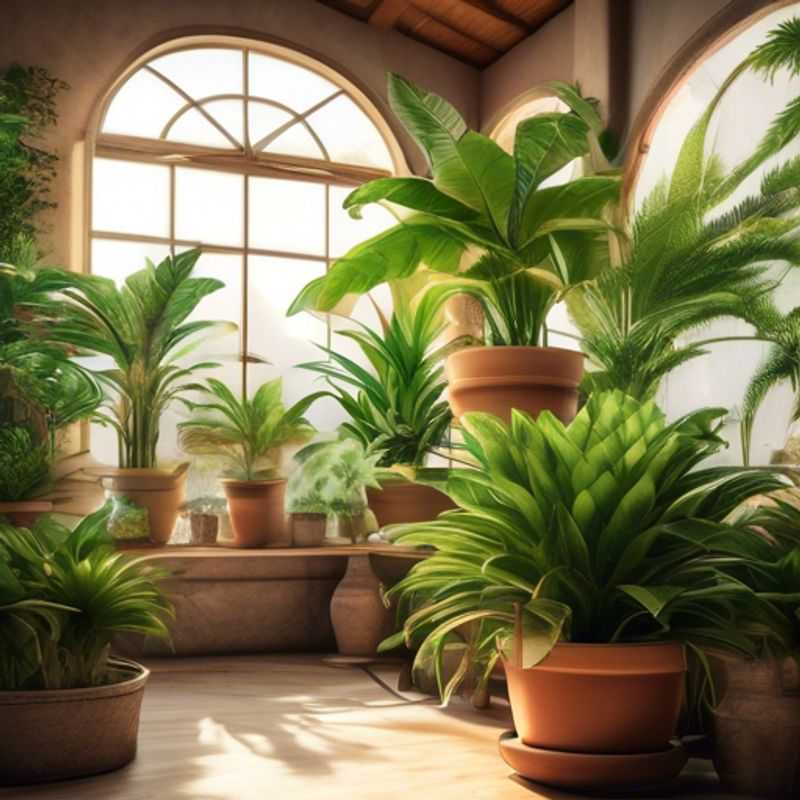
Top Things to Know Before Buying Unusual House Plants: Research, Space, Toxicity, Environment, Soil, Long-Term Care, Legality
Ah, the allure of unusual house plants! They bring a unique charm and conversation starters to any space. But before you fall head over heels for that exotic foliage, there are some key considerations to ensure both your plant and your sanity thrive.
Research the specific care requirements for the unusual house plant.

Unveiling the Secrets: Caring for Your Unusual Houseplant
Taking care of an unusual houseplant can be a rewarding experience, but it’s important to understand its specific needs. Here’s a quick guide to help you get started:
Identify the Plant: The first step is to accurately identify your plant. A reliable source, such as a local nursery or a plant identification app, can help. Knowing the plant's name is crucial because different species have different requirements.
Light: Most houseplants thrive in bright, indirect light. However, some prefer low-light conditions. Determine the light requirements for your specific plant and position it accordingly.
Water: Overwatering is a common problem for houseplants. Check the soil moisture before watering. Water thoroughly when the top inch of soil is dry, but allow excess water to drain. Don't let the plant sit in water.
Temperature and Humidity: Most houseplants prefer moderate temperatures (65-75°F). Humidity can be a factor for some plants. You may need to mist the plant or use a humidifier, especially during dry seasons.
Soil and Fertilizer: Choose a well-draining potting mix suitable for your plant's specific needs. Fertilize your plant during the growing season, typically from spring to fall, using a balanced liquid fertilizer diluted to the recommended strength.
Repotting: Repot your plant when it becomes root-bound, usually every 1-2 years. Choose a slightly larger pot, ensuring good drainage.
Pest and Disease Control: Regularly inspect your plant for pests and diseases. If you notice any problems, take immediate action to prevent further spread. Consult a gardening expert or use safe and effective pest control measures.
Additional Resources: Online resources like gardening websites, plant care apps, and books offer a wealth of information. You can also consult with local gardening experts for personalized advice.
Remember, every plant is unique, so observe your plant closely and adjust your care routine as needed. With a little care and attention, you can help your unusual houseplant thrive.
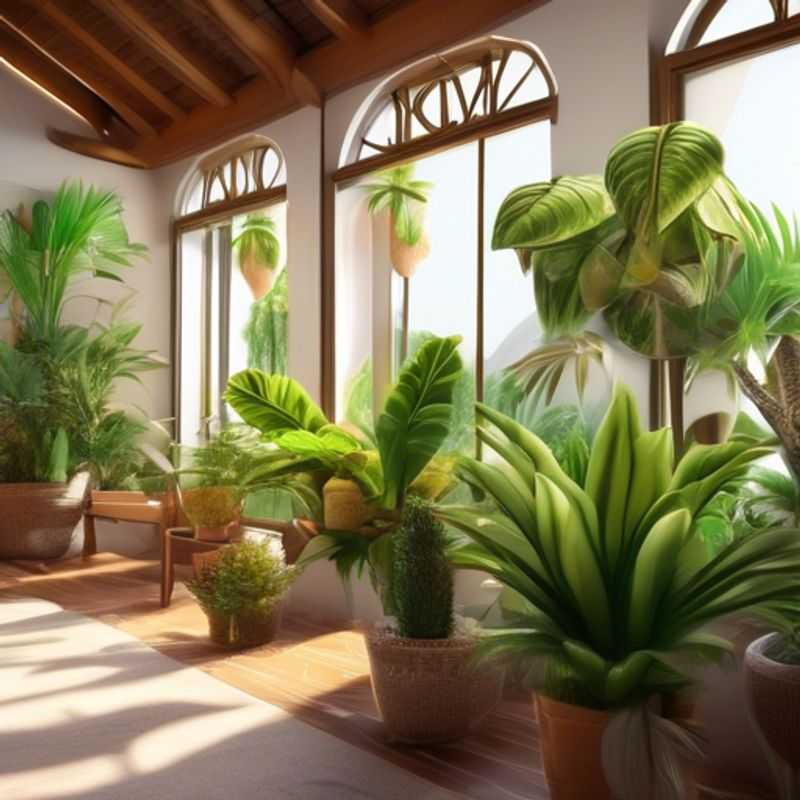
Planting with a Plan: Understanding Plant Size at Maturity
When planning your garden, one crucial aspect to consider is the mature size of the plants you choose. Understanding how large your plants will grow is essential for ensuring adequate space. This means taking into account their height, spread, and root systems. A plant that may seem small and manageable now can quickly outgrow its space, leading to overcrowding and competition for resources.
Overcrowding can also create issues with light and air circulation, increasing the risk of pests and diseases. Conversely, selecting plants that are too small for their intended location can leave empty spaces and hinder your desired aesthetic.
To determine the mature size of a plant, consult reliable sources like gardening books, online plant databases, or nursery professionals. They can provide information on the plant's eventual height, width, and root spread. This information will help you plan the layout of your garden and ensure that each plant has enough room to thrive.
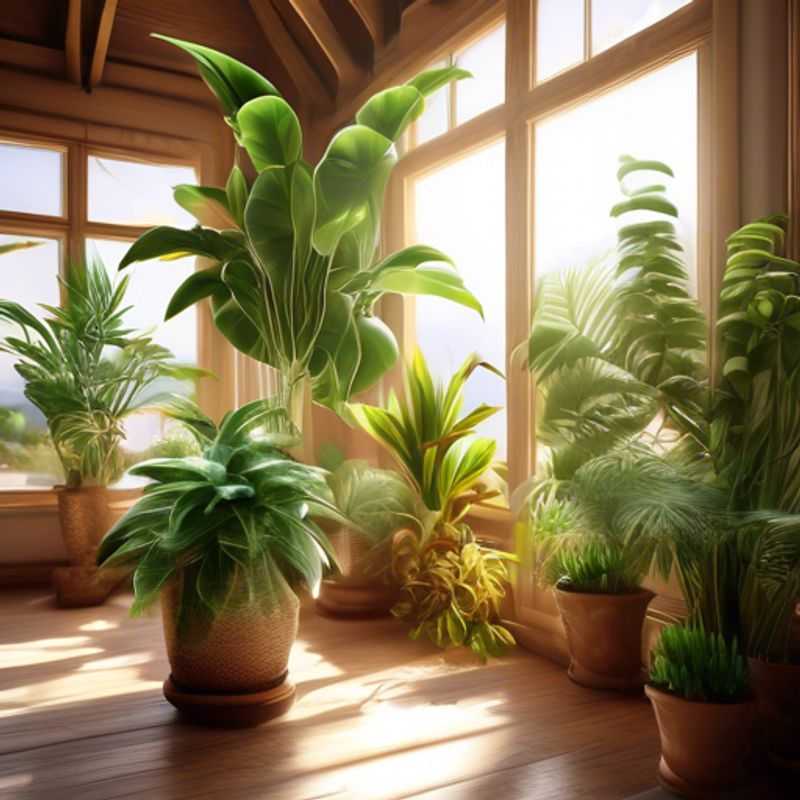
Pet and Child Safety First: Identifying Toxic Plants in Your Home
Bringing a touch of nature indoors can be incredibly rewarding, but it's crucial to ensure the plants you choose are safe for your furry friends and little ones. Many common houseplants can be toxic to pets and children if ingested.
The ASPCA (American Society for the Prevention of Cruelty to Animals) and the Pet Poison Helpline are excellent resources for checking the toxicity of specific plants. Their websites offer comprehensive databases that you can search by plant name. You can also consult with a veterinarian or a plant expert for additional guidance.
If you suspect your pet or child has ingested a toxic plant, it's essential to contact your veterinarian or the Pet Poison Helpline immediately. They can provide expert advice and treatment recommendations. Early intervention is crucial in managing potential poisoning.
To minimize the risk of plant-related toxicity, consider these simple precautions:
Keep potentially toxic plants out of reach of children and pets. Place them on high shelves, hanging baskets, or in areas they can't access.
Supervise your children and pets around plants, especially young children who are prone to putting things in their mouths. Teach them to avoid touching or tasting plants.
Be cautious about choosing plants for your home. Opt for non-toxic varieties whenever possible.
Educate yourself and your family about potential risks. Share information about toxic plants and teach them how to identify them.
By taking these precautions, you can enjoy the beauty of houseplants while ensuring the safety of your loved ones.
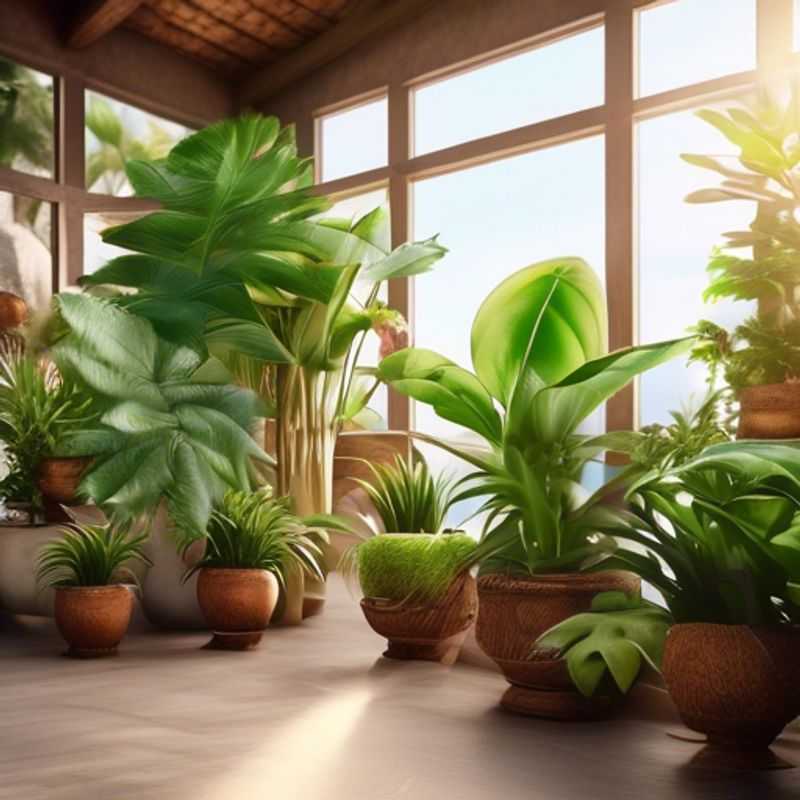
Decoding Your Plant's Needs: Light, Temperature, and Humidity
Understanding a plant's light, temperature, and humidity needs is fundamental to its well-being. Each species has unique requirements, and catering to them ensures healthy growth and vibrant blooms.
Light is the primary energy source for plants. It's measured in lumens, with higher values indicating brighter light. Plants need sufficient light for photosynthesis, the process that converts sunlight into energy. Different plants have varying light needs, ranging from full sun to shade-tolerant. For instance, cacti thrive in full sun, while ferns prefer low light conditions. Observe the plant's natural habitat for clues about its light requirements.
Temperature plays a crucial role in plant growth. Each plant has a specific temperature range within which it thrives. Optimum temperatures vary between species, and fluctuations can affect growth rate, flowering, and overall health. For instance, tropical plants prefer warm environments, while alpine plants are accustomed to cooler temperatures. Monitoring temperatures is crucial, especially during extreme weather conditions.
Humidity, the amount of moisture in the air, also impacts plant health. Plants absorb water through their roots, and humidity affects how quickly moisture evaporates from leaves. High humidity environments can lead to fungal diseases, while low humidity can cause leaves to dry out. The optimal humidity level depends on the plant species and the surrounding environment. For instance, tropical plants require higher humidity, while desert plants tolerate dry conditions.
By understanding these crucial factors, you can create an environment that promotes healthy plant growth. Paying attention to light, temperature, and humidity allows you to optimize their well-being and enjoy their vibrant beauty.
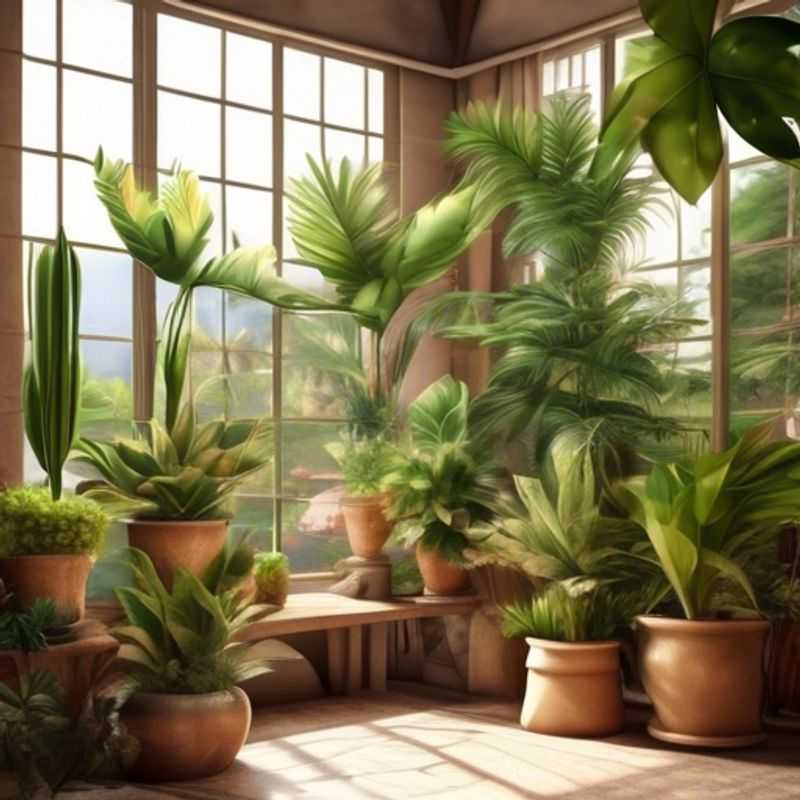
Decoding the Soil: How to Know if Your Plant Needs Special Mix
First, identify the type of plant you're working with. Knowing the plant's native habitat and growing conditions is crucial. Plants adapted to acidic soils, like blueberries, thrive in a soil pH of 4.5 to 5.5. Conversely, plants adapted to alkaline soils, like roses, prefer a pH range of 6.0 to 7.5.
Consider the plant's specific needs. Some plants require well-draining soil to prevent root rot, while others prefer moist conditions. Succulents and cacti prefer well-draining soil, while ferns and orchids need consistently moist soil.
Pay attention to the plant's size and growth habit. Larger plants with deep root systems may need a soil mix that retains moisture and nutrients better. Smaller plants with shallower roots may thrive in lighter, well-draining soil.
Always refer to reliable sources, such as gardening books or websites from reputable horticultural organizations. These sources provide detailed information on specific plant requirements, including soil type, pH, and drainage.
Remember, a well-chosen soil mix is essential for plant health and growth. By following these tips and researching your specific plant, you can ensure that your greenery thrives in its new home.
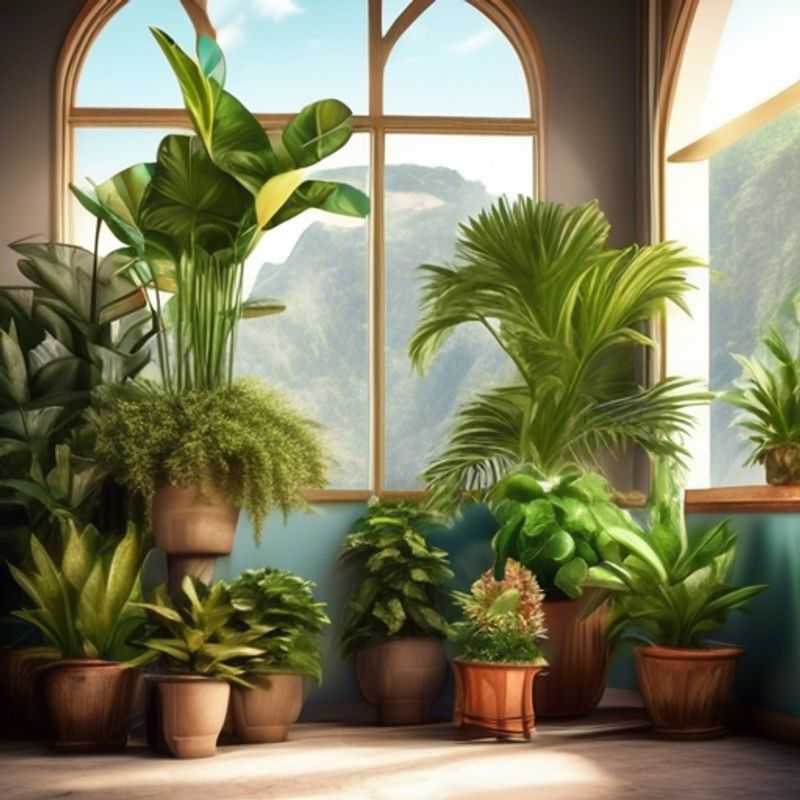
Long-Term Care and Maintenance: A Commitment to Lasting Value
Long-term care and maintenance can be a significant aspect of owning a product or system. It's crucial to factor in these costs and efforts when making your initial purchase decision. This guide will provide an overview of the potential expenses and responsibilities associated with long-term care and maintenance.
Routine Maintenance: This often involves regular check-ups, cleaning, and minor adjustments to keep your product in optimal working order. Expect costs for replacement parts, consumables like filters or cleaning solutions, and potentially labor if you don't perform maintenance yourself.
Major Repairs: Over time, products might require significant repairs, replacements of major components, or even complete overhauls. These can be costly, and it's essential to factor in the potential need for these services, particularly if the product is complex or has a limited lifespan.
Updates and Upgrades: Technological advancements may necessitate software updates, hardware upgrades, or even complete replacements to ensure your product remains functional and secure. These upgrades can range from minor updates to substantial investments, depending on the product and its intended use.
Professional Services: For some products or complex systems, you might need to contract professional services for installation, maintenance, and repairs. This will require budgeting for labor costs, service fees, and potentially travel charges.
Insurance: Consider insurance options to cover potential damage, breakdowns, or theft of your product. This can provide financial protection against unexpected expenses.
Remember, these are general guidelines and the specific costs and effort required for long-term care and maintenance will depend on the specific product, its usage, and your chosen maintenance plan. Thoroughly research your chosen product and evaluate its potential maintenance needs before committing to a purchase.
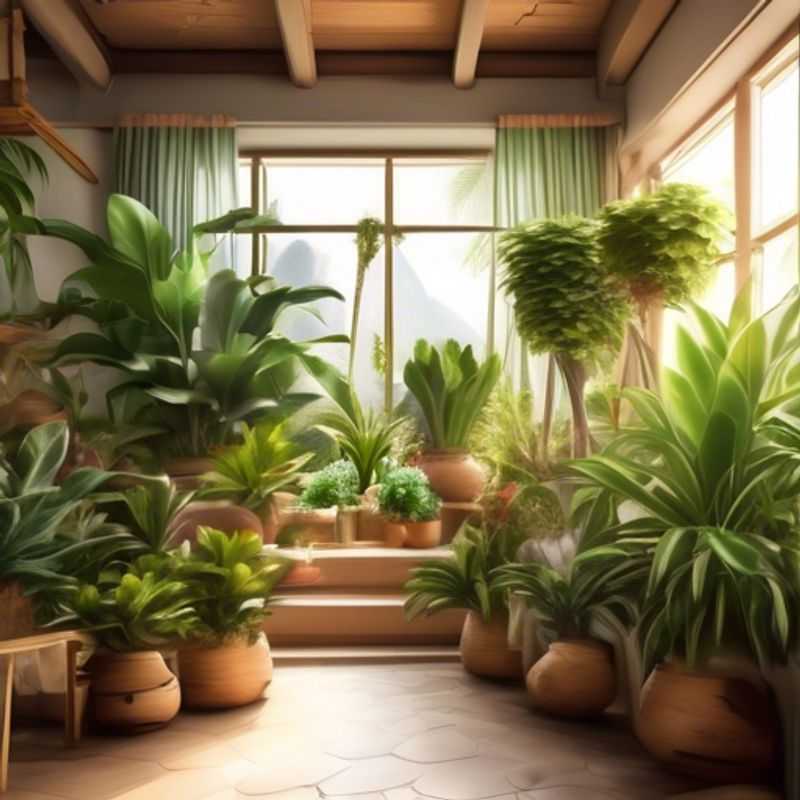
Green Thumbs Up: Ensuring Your Plant Purchase is Legal
Before you purchase any plant, it's crucial to ensure its legality in your area. This might seem like a formality, but it's essential for avoiding legal issues and ensuring you're acting responsibly.
Here's what you need to know:
Local Laws and Regulations: Different regions have varying laws about plant ownership. Some plants, while perfectly legal in one area, might be restricted or even prohibited in another. This can be due to factors like potential invasive species, environmental concerns, or the plant's properties. Always check your local municipality, county, or state regulations for specific plant ownership guidelines.
Consult with Local Authorities: If you're unsure about the legal status of a specific plant, reach out to your local authorities. They'll be able to provide you with the most accurate and up-to-date information. Remember, it's always better to be safe than sorry.
Internet Research: While local authorities are your primary source of information, a quick internet search can also provide helpful insights. Look for websites like the USDA Plant Database, local horticultural societies, or government websites dedicated to plant regulations.
Be Mindful of Invasive Species: Some plants, while attractive, are considered invasive species and are prohibited from ownership or cultivation. These plants can negatively impact native ecosystems and biodiversity.
Always prioritize responsible plant ownership and respect local regulations.
